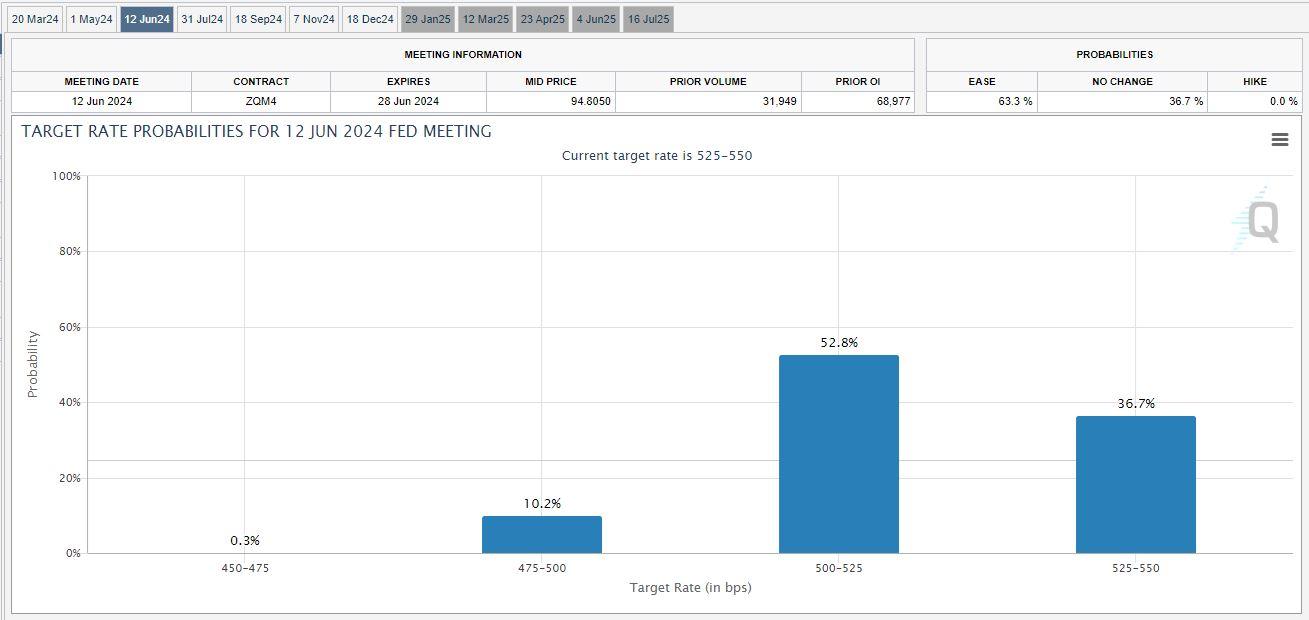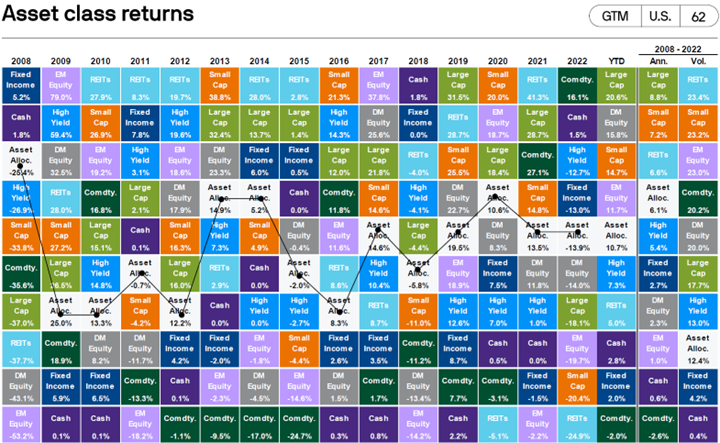The Great Rotation
August 20, 2024
Like Independence Day fireworks, equity markets popped off in July, with the S&P500 notching its 10th consecutive monthly gain and tagging its 38th all-time high during the month. Impressive. Beneath the hood however, the price action was choppy and rotational, with investor interest shifting from the crowded mega-cap tech space to smaller companies. The stars of July were undoubtedly small-caps, with the Russell 2000 surging 10.2% during the month on the back of softer inflation data and the near certainty of a rate cut. The epic rotation from large to small was historic and narrowed the gap between large- and small-cap performance this tear to just a few points. It remains to be seen whether or not July marked the start of a regime change, but market action during the month did underscore that diversification within asset classes is just as important as diversification between asset classes.
On the bond side of the ledger, we have seen yields trending down for several months now, and that continued in July. Weighed down by softening economic data and market expectations of a September interest rate cut, yields fell broadly in July and fixed income performance was uniformly positive, with the Bloomberg US Aggregate Index gaining 2.34% during the month. Of course, all eyes were on the Fed which concluded its two-day meeting on the last day of the month. The central bank held its benchmark rate steady in the 5.25-5.5% range, but held the door wide open for a cut during the September meeting. The market is currently pricing in a 100% probability of a September cut, signaling to the bank that the deal is effectively done. Given Fed history of doing exactly what the market expects, it is highly likely that September will see the first interest rate cut since the COVID-19 time period.
In terms of economic data, the June nonfarm payrolls report beat on the headline number, but more importantly it showed that both April and May numbers were revised lower. Accordingly the unemployment rate ticked higher as we are beginning to see signs of a cooling labor market. This should provide cover for the Fed to move forward with its interest rate cutting campaign. On the inflation front, the headline reading for June fell -0.1% to an annualized of only 3% increases. While this is indeed positive, it does show the challenges facing the Fed and its inability to reel inflation in to the bank’s stated goal of 2%. It is looking like we will all need to become comfortable with an annual inflation number north of 2%, as additional progress to lower prices appears to have stalled out.
Looking ahead, the month of August will be led by Fedspeak and corporate earnings, which thus far have been mixed. The standard slate of economic releases will give us clues on inflation, employment, and also personal consumption. In the back half of the month, the annual Jackson Hole Economic Symposium take place, which should generate some headlines. In the interim, the markets have a lot to digest, and we would not be surprised to see volatility return during the last full month of summer.
We thank each and every one of you for your ongoing trust and support.












